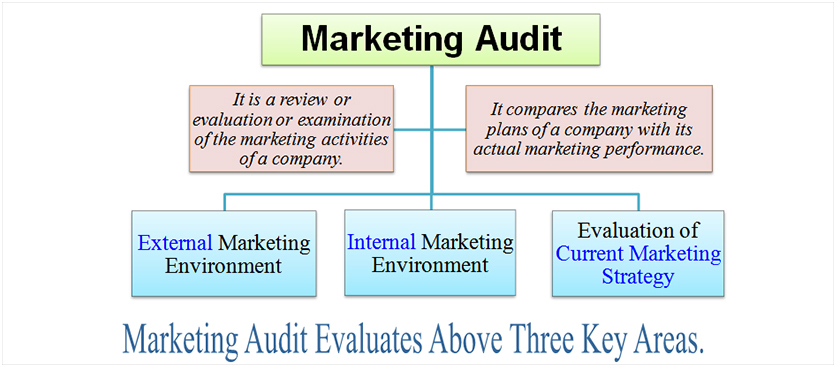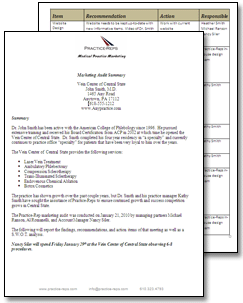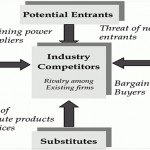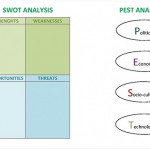Improving marketing performance through marketing audits
In the context of managing and improving marketing performance, the concept of marketing audit should play an important role as a comprehensive process of diagnosing and improving the marketing systems, processes, tools and principles an organization has currently in place.The concept of marketing audit has been introduced by Philip Kotler in his ‘The Marketing Audit Comes of Age’ article, in which he describes the process, its roles and its benefits. In 1959, the American Marketing Association published the ‘Analyzing and improving marketing performance‘ report, which provided some practical guidelines for marketing auditing (Taghian & Shaw 2002).
Since its introduction, many things have changed in the global market place and aspects such as technological enhancements, shifts in customer demands and globalization have made the marketing capability more vital than ever. However, even now there is no unanimous understanding of what a marketing audit would consist of, what would be the areas of intervention and the steps needed to conduct the process of auditing itself. In other words, the marketing audit did not succeed in positioning itself as a standardized process, like in the case of the financial auditing, for example, where rules and processes are widely agreed and confirmed by codes of practice and regulations establishing the profession of financial auditor.
Kotler, Gregor and Rogers (1989) suggest six components of a marketing audit, as it follows:
- Marketing environment, both at micro and macro levels. The purpose would be that of identifying opportunities and threats and particular tools would be the SWOT and PEST analyses or Porter’s five forces model.
- Marketing strategy and correlation of the company’s objectives with its environment.
- Marketing organization, in terms of marketing interaction with other functional areas (such as manufacturing, R&D, purchasing etc.).
- Marketing systems that are in place to enable data gathering, marketing planning and controlling (i.e. marketing intelligence and decision-making systems).
- Marketing productivity, which connects marketing to finance and accounting, this being the area where Key Performance Indicators would be compulsory to use.
- Marketing function, such as sales or advertising.
Source: Practice-Reps (2010)
According to the same authors (1989), three cautions have to be considered in deploying a marketing audit:
- Setting the right objectives for the marketing audit, agreed upon by the auditor and the company officer;
- Data collection that might be subject of resistance from managers that feel threatened by the audit;
- Presentation of results, that might not always meet the company’s expectations of improvement as these might have been set far higher than possible in that current state (click on the image for an example of a summary of a marketing audit report in the medical practice).
Although conducted by an external auditor in most cases, the marketing audit requires a great implication from all internal stakeholders. For example, in-depht in interviews might be conducted with the marketing staff and people from the other departments. Thus, one of the major benefits of the marketing audit relies in the experience of participating in such a process itself, enabling marketing specialists to improve their own capabilities, benefit from new knowledge and insights from maybe more experienced marketers than themselves.
References
- Kotler, P, Gregor, WT & Rogers, WH 1989, ‘The Marketing Audit Comes of Age,’ MIT Sloan Management Review 15 January 1989.
- Practice-reps.com, Marketing Report example
- Taghian, M & Shaw, RN 2002, ‘The Marketing Audit and Business Performance: An Empirical Study on Large Australian Companies’ in Australian and New Zealand Marketing Academy Conference (ANZMAC) 2002 Conference Proceedings, Melbourne.

Tags: Marketing and Communications performance, Marketing performance, PEST Analysis, Philip Kotler, SWOT Analysis







